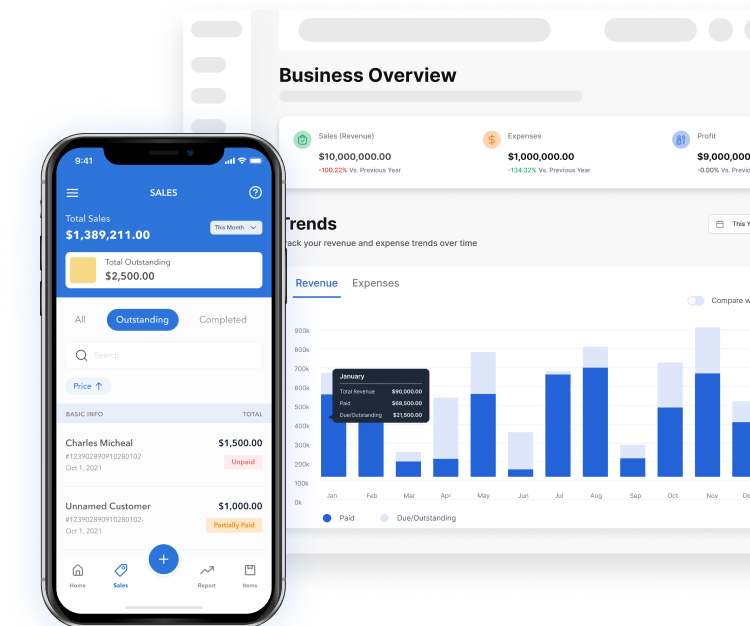What is Absorption Costing?
Absorption costing, a fundamental concept in managerial accounting, plays a critical role in how businesses calculate the cost of their products. This method is also known as the full-costing method. Absorption costs include all manufacturing costs – direct materials, direct labor, and variable and fixed manufacturing overhead – in the product cost. This approach contrasts with variable costing, where only variable manufacturing costs are included in product cost, and fixed costs are treated as period expenses.
Why is full-costing method important?
Understanding why absorption costing is important requires diving into its alignment with external reporting and tax regulations. Since it accounts for all production costs, it provides a comprehensive view of manufacturing costs. This method is often mandated for external financial reporting and tax purposes, making it a crucial part of business compliance.
Advantages and Disadvantages of Absorption Costing
The advantages of absorption costing are multi-fold:
- Compliance with GAAP: Absorption costing aligns with Generally Accepted Accounting Principles (GAAP), making it essential for financial reporting.
- Full Cost Recognition: It recognizes the total cost of production, offering a more comprehensive view of product costs.
- Profitability Analysis: It allows for a more accurate analysis of profitability, particularly when all produced units are not sold.
However, this method also has its disadvantages:
- Complexity: Absorption costing can be more complex to apply due to the inclusion of fixed costs.
- Potential for Overstocking: Since fixed costs are spread over the total number of units produced, it can sometimes encourage overproduction.
- Not Useful for Decision Making: For internal decision-making, this method might not be as effective as variable costing since it does not distinguish between fixed and variable costs.
How to calculate absorption costing (example included)
To calculate absorption costing, one must follow these steps:
- Determine Per-Unit Cost: Calculate the per-unit cost of direct materials, direct labor, and both variable and fixed overhead.
- Apply Total Cost to Products: Allocate these costs to each product unit to determine its total cost.
Let’s illustrate this with an example relevant to a wholesaler or manufacturer:
Suppose a furniture manufacturer produces 100 tables. The direct materials cost $50 per table, direct labor costs $30 per table, variable manufacturing overhead is $20 per table, and total fixed manufacturing overheads for the period are $5,000.
- Per-Unit Fixed Overhead: $5,000 / 100 tables = $50 per table.
- Total Cost Per Table: Direct Materials ($50) + Direct Labor ($30) + Variable Overhead ($20) + Fixed Overhead ($50) = $150 per table.
In this example, the absorption cost of each table is $150, encompassing all aspects of production costs. This comprehensive cost view is vital for wholesalers or manufacturers in pricing strategies, financial reporting, and understanding the profitability of each product.




